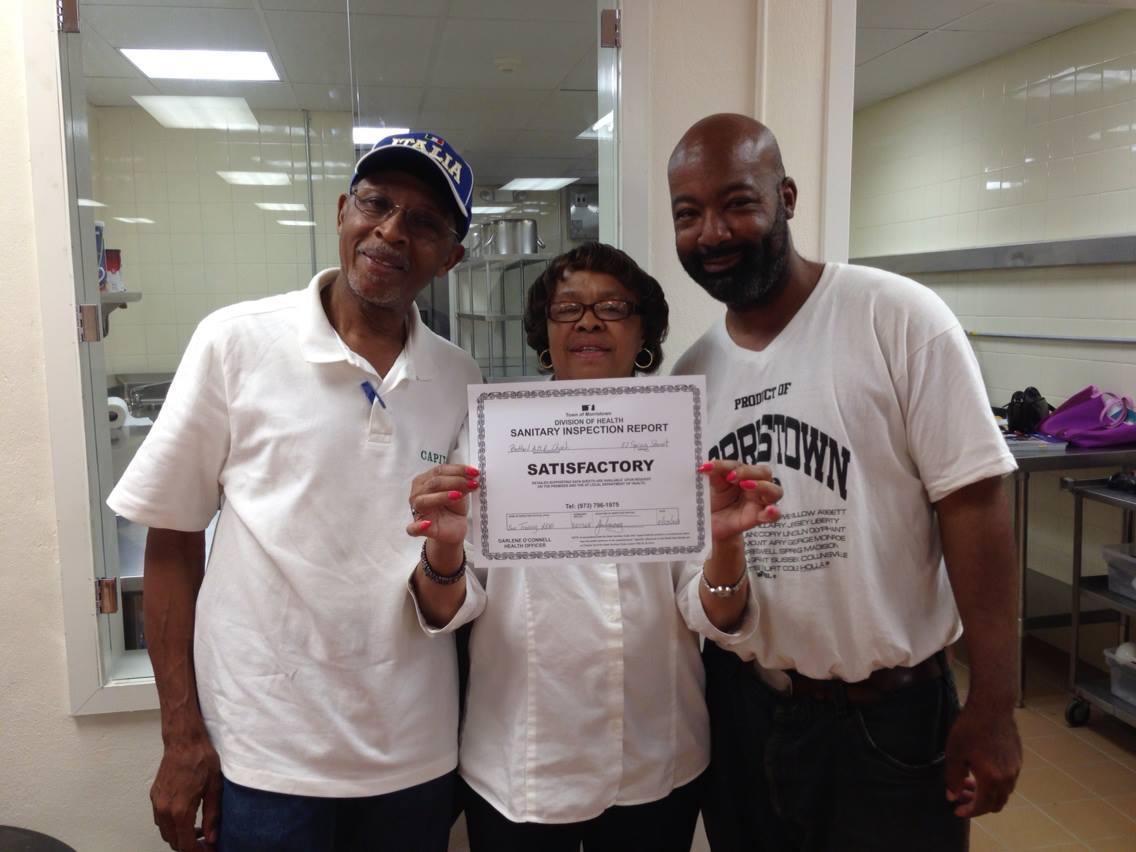Flood Becomes Turning Point for AME Church
Flood Becomes Turning Point for AME Church
Adapted from A devastating storm becomes a turning point for a historic African Methodist Episcopal church (December 2020) by Ray Marcano, with permission from Faith & Leadership.
In late August 2011, Hurricane Irene roared up the East Coast and nearly destroyed Bethel Church of Morristown, New Jersey.
The storm did such damage — including to the organ, piano and walls — that it would cost almost $1.5 million to fix. The church had no flood insurance, and the congregation of about 75 active members couldn’t afford the repairs on its own.
Bethel’s senior pastor, Rev. Dr. Sidney S. Williams Jr., knew that in the long term, he would have to raise money from the community to repair the church.
“I felt very strongly that if we were going to the community for support, we needed an impact statement to pay it forward. It was unreasonable to ask without a credible way to serve the community,” Williams said.
The area in which Bethel is located lags in every economic indicator. Almost half of its residents have a household income of less than $50,000 annually. Nine percent of its children live in poverty, and the jobless rate is well above the county average.
Williams had a vision to serve the community and rebuild the church: Bethel would start serving a free meal five days a week, Monday through Friday.
. . .
When Williams presented his vision, some church members didn’t agree. They recalled bad experiences with homeless people sleeping in the pews uninvited, bringing hygiene and security issues. As a result, some left the church.
Others wondered whether the small congregation could support feeding people five days a week.
But Williams had a different take. “It’s great we worship and believe together, but if we’re not living [the mission], what’s the point?”
Still, the adjustment was difficult at times.
“For many, the African American church is their sanctuary,” he said. “Here they separate themselves from the world’s problems. In a sense, we have disrupted that sanctuary…. There have been hurdles from members who thought their spaces were being invaded from people who didn’t think, speak or worship like us.”
For example, Williams reminded congregants who wanted an after-school program for African American youth that it would have to be for all children, including children in the Latino community. He began hosting exchanges with other churches so the members could better understand each other.
. . .
To secure funding for the vision, Williams approached other congregations, civic clubs and the like. It was a local real estate trust that really made a difference — the trust leaders met with Williams and volunteered to build the kitchen and contribute about $1 million of the rebuilding cost.
The rest of the money came from current and former church members, community organizations and grants. All told, it took two years for the church to reopen and the Table of Hope to launch in 2013. During the COVID-19 pandemic, Table of Hope became the leading distributor of food in Morris County, Williams said.
Of course, hunger isn’t the only challenge facing people in the county. Bethel also provides free backpacks to children; annual community health days with free screenings for diabetes, high blood pressure and other ailments; and a program to end homelessness in Morris County.
. . .
Ultimately, the 2011 disaster marked the beginning of a new mission for the church, 170 years after its founding.
None of the folks they serve may ever step into the rebuilt sanctuary. But that’s not the focus, Williams said. “It’s less about church growth and membership and more about social impact. There is no doubt we’re having a social impact.” His core argument that congregations should focus more on social impact than growth is explained in his book, Fishing Differently: Ministry Formation in the Marketplace.
“You cannot confine your ministry to the support you’re able to garner from the members of your church,” he said. “You can find yourself as a conduit or a catalyst to solving your community’s problems, meeting their needs in a way that far exceeds your capacity.”
For Williams, the experience is an example of what can happen when the church serves more than just its own members.
“When you focus on the real needs of the community, the community will rally around you.”
____________
Related resource: Leadership Education at Duke Divinity prepared a comprehensive case study examining this Bethel Church initiative. Read the Feeding the 5,000 case study.
This story is part of Lake Institute’s story collection, the Faithful Generosity Story Shelf, which highlights congregations and other religious organizations who have sought to use their assets and resources in creative—and sometimes surprising—ways as an expression of faithful giving.
Each entry in our Story Shelf is short enough to be read and discussed during a committee meeting or other group gathering. Our hope is that these accessible vignettes will spark new questions, conversation, and imagination among clergy and laity about what might be possible with the funds, buildings, land, and other resources in their care. If you know a story that should be included in the Story Shelf, suggest it here.
Subscribe
Insights, a bi-weekly e-newsletter, is a resource for the religious community and fundraisers of faith-based organizations that provides:
- Reflections on important developments in the field of faith and giving
- Recommended books, studies and articles
- Upcoming Lake Institute events

